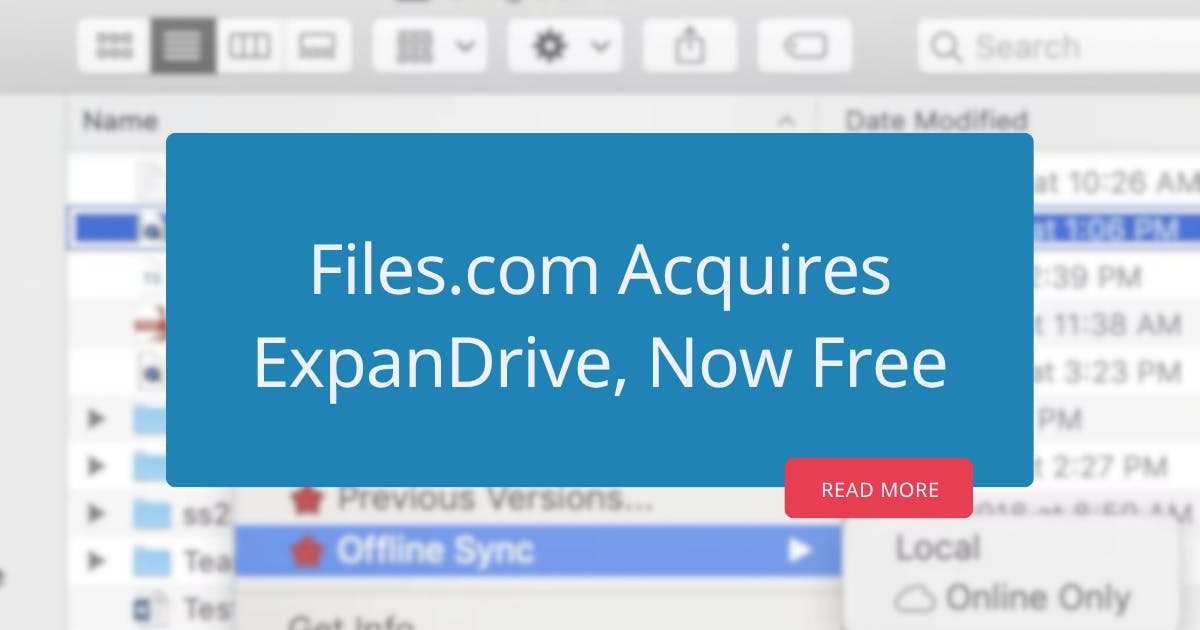
Mastering WebDAV: The Ultimate Guide for Seamless File Management with ExpanDrive
Explore the power of WebDAV with ExpanDrive! Unlock seamless file access and collaboration. Discover how ExpanDrive simplifies WebDAV integration today.
August 26, 2025Read more














